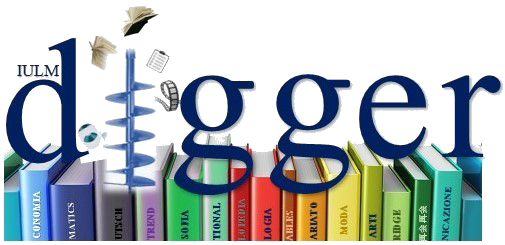One of the techniques that distinguishes Rem Koolhaas’s beginnings is that of giving maximum value to the question of the functions brought into play in the type of design he was to produce – a technique then refined and developed over time, to judge from his better-known recent work. Once the various functions are identified (as specified in the competition announcement), the main objective is to work on a meaningful construction of them. In a certain sense, design becomes constructing functions (if possible that function autonomously), shaping their characteristics in relation to the present time, and discovering new arrangements, rather than planning an architectural form that represents them. This type of technique reflects the desire to encourage the functions’ process of becoming, establishing an open dialogue with users and the possible fortuitous combination of functions. Thus functional analysis is no longer a destination point for the design but the point of departure for events, everyday acts. While for the proponents of the Modern Movement functionalism is what makes it possible to define society once and for all, in this case it represents an area of study functional to the evolution of society into small groups of consumers, expert navigators, keen filmmakers, cynical dealers in slogans for living…
Una delle tecniche caratterizzante gli esordi di Koolhaas è quella di valorizzare al massimo il tema delle funzioni messe in gioco nel tipo di progetto da realizzare - tecnica poi affinata e sviluppata nel tempo alla luce delle più note recenti realizzazioni. Una volta identificate le diverse funzioni (richieste in un bando di concorso) l’obiettivo principale è quello di lavorare ad una costruzione significativa delle stesse. In un certo senso, il progetto diventa costruire funzionalità (possibilmente funzionanti in autonomia), plasmarne il carattere in relazione al tempo presente, scoprirne nuovi assetti, piuttosto che una forma architettonica che le rappresenti.
I DESIDERI DEL GIOVANE KOOLHAAS. DUE PROGETTI INTERROTTI: IL PARC DE LA VILLETTE E LA TRÈS GRANDE BIBLIOTHÈQUE, 2016.
I DESIDERI DEL GIOVANE KOOLHAAS. DUE PROGETTI INTERROTTI: IL PARC DE LA VILLETTE E LA TRÈS GRANDE BIBLIOTHÈQUE
MELLO P
2016-01-01
Abstract
One of the techniques that distinguishes Rem Koolhaas’s beginnings is that of giving maximum value to the question of the functions brought into play in the type of design he was to produce – a technique then refined and developed over time, to judge from his better-known recent work. Once the various functions are identified (as specified in the competition announcement), the main objective is to work on a meaningful construction of them. In a certain sense, design becomes constructing functions (if possible that function autonomously), shaping their characteristics in relation to the present time, and discovering new arrangements, rather than planning an architectural form that represents them. This type of technique reflects the desire to encourage the functions’ process of becoming, establishing an open dialogue with users and the possible fortuitous combination of functions. Thus functional analysis is no longer a destination point for the design but the point of departure for events, everyday acts. While for the proponents of the Modern Movement functionalism is what makes it possible to define society once and for all, in this case it represents an area of study functional to the evolution of society into small groups of consumers, expert navigators, keen filmmakers, cynical dealers in slogans for living…| File | Dimensione | Formato | |
|---|---|---|---|
|
Ananke 78 Mello.pdf
Non accessibile
Dimensione
2.31 MB
Formato
Adobe PDF
|
2.31 MB | Adobe PDF | Visualizza/Apri Richiedi una copia |
I documenti in IRIS sono protetti da copyright e tutti i diritti sono riservati, salvo diversa indicazione.



